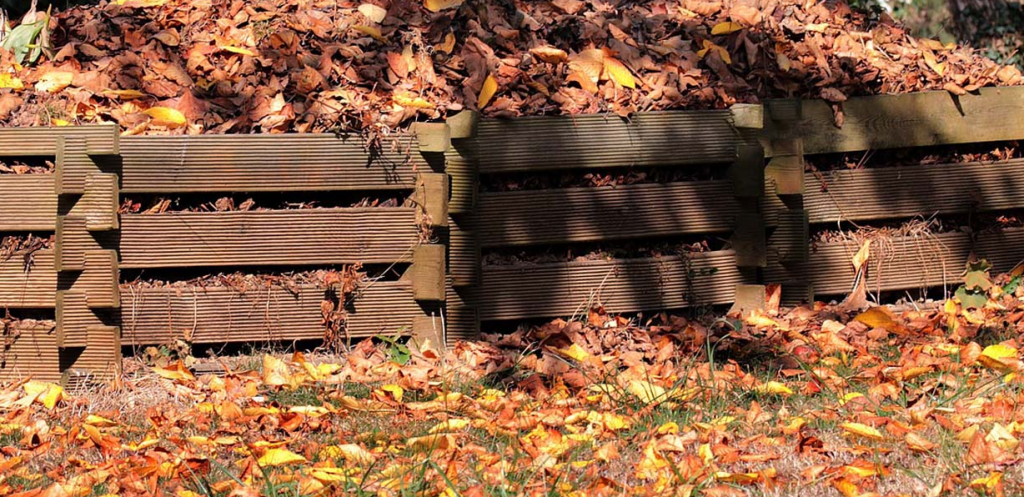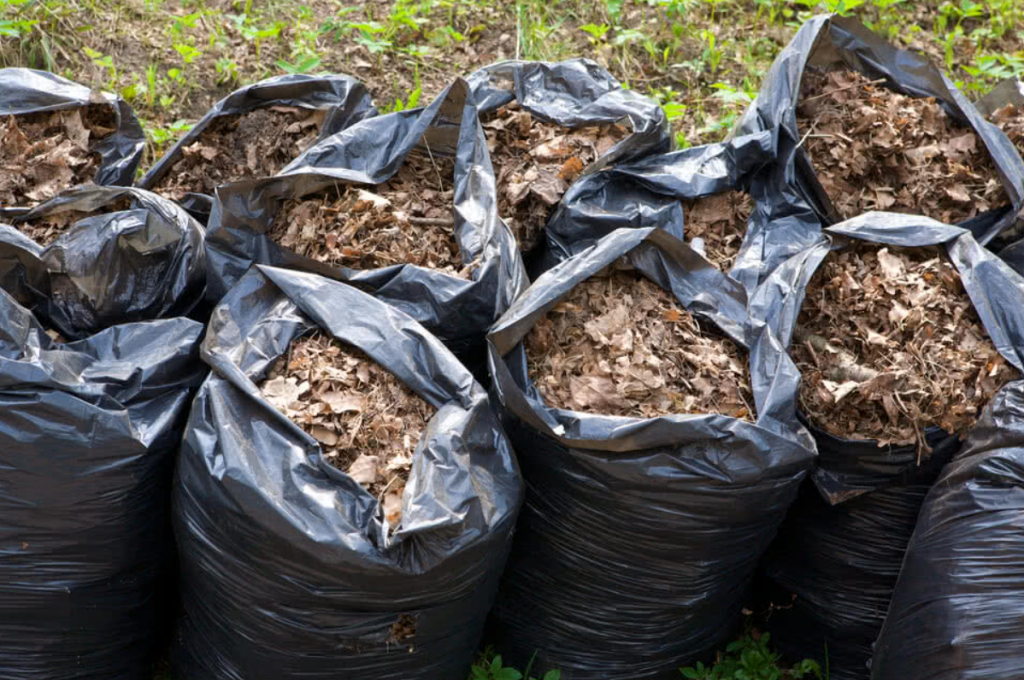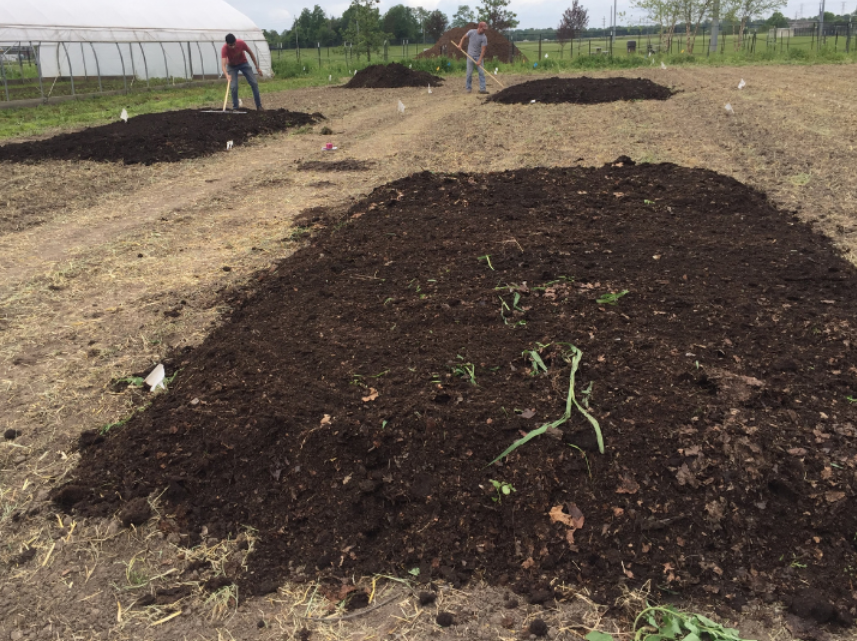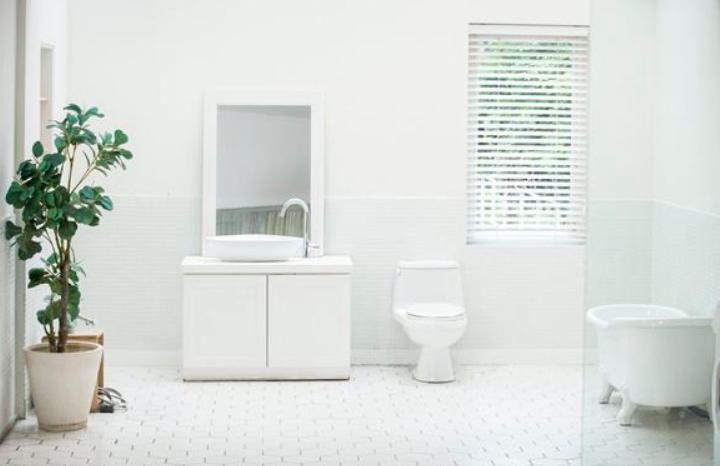Natural leaf rot or leaf fungus has a black and black-cream color. As compost, it has a pleasant aroma and loose consistency, and is great for soil health. In fact, leaf mold is a great free organic fertilizer that you can make at home.
What are the benefits of leaf mold
Common questions:
- Why can’t I just compost?
- Why make a separate pile for leaf mold?

The answer is simple: Compost increases soil fertility and improves soil structure, while leaf mold only feeds the soil with nutrients, but there aren’t enough of them in the soil. This is why it is recommended to add compost or another organic fertilizer.
Essentially, leaf mold or leaf mold is a soil condenser that increases the water-holding capacity of the soil and improves the habitat for various bacteria and microorganisms.
How to prepare leaf mold
The easiest and most popular ways to prepare leaf mold. It is worth remembering that leaf mold does not form immediately. The main function of the leaf is photosynthesis, so it is mostly made up of carbon, and it will take longer to decompose than lawn grass. The process of leaf rot takes about 6-12 months:
- The first way to get leaf mold. Gather wet leaves in a pile or sort them into bins with minimal air circulation. Check the moisture content of the leaves once a week and fill them with water if necessary.


- The second way to get mold on the leaves. Take a large plastic bag and stuff wet leaves into it, cut a few holes for minimal air circulation and add water if necessary. This method is more acceptable than the first because the leaves will not be scattered all over the yard – they will be neatly stacked in the bags.

The process of making leaf fertilizer can be accelerated.
Before you start bagging leaves, shred them with a shovel, rake or lawnmower. The shallower the parts of the leaves, the faster they will begin to rot. Be sure to turn them over once a month, rubbing them to get air in – this speeds up the rotting process. If you use a pile or boxes for leaf rot, be sure to cover them with a tarp or polyethylene. This will keep the leaves wetter and warmer, which in turn will speed up the rotting process.
How and where to use leaf mold
Leaf mold can be buried in beds to improve soil structure and retain moisture. It can also be used in the garden. Use it as mulch for vegetable gardens and flowerbeds.


Leaf mold fertilizer is free, easy to make, and effective. Leaf mold is an excellent organic fertilizer.






